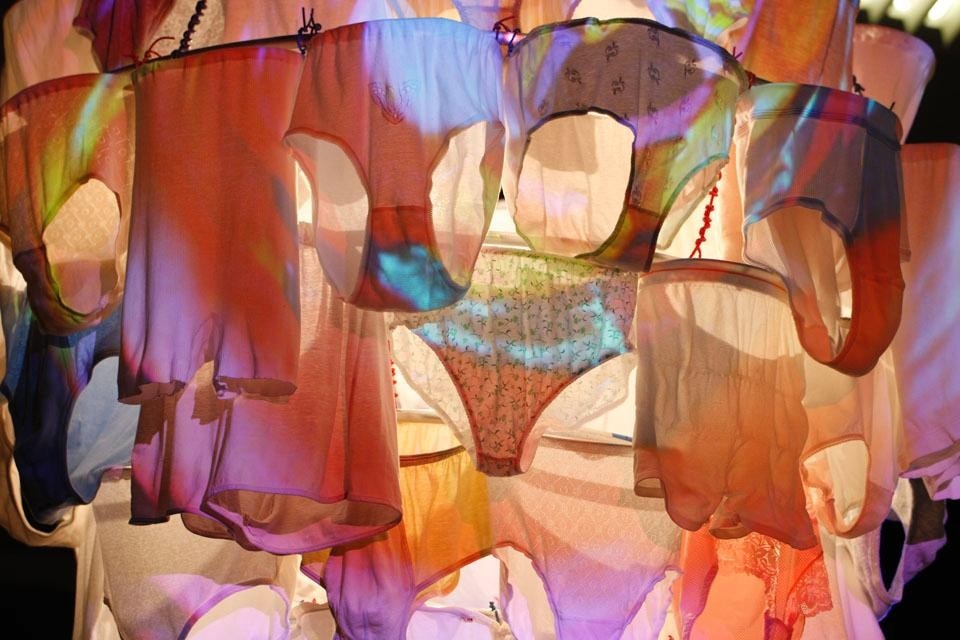These advance with you to the first kaleidoscopic video, Lobe of the Lung, into which you can immerse yourself sitting on the steps before moving on to the foyer, brought alive by the audio-video installations Rain Woman (I am Called Plant) and Sip My Ocean.
The most all-encompassing experience of all is in view in the auditorium, where three videos that literally encircle spectators on four fronts. The large screen shows Open my Glade (Flaten) with Extremities (smooth smooth) on the walls and Homo Sapiens sapiens on the gallery's frescoed ceiling. Pipilotti did not even spare the toilets, where she installed two works, appropriately named Solution for Man and Solution for Woman. The "evangelist" talked extensively and with smiling enthusiasm to the many journalists at the preview, with us first.
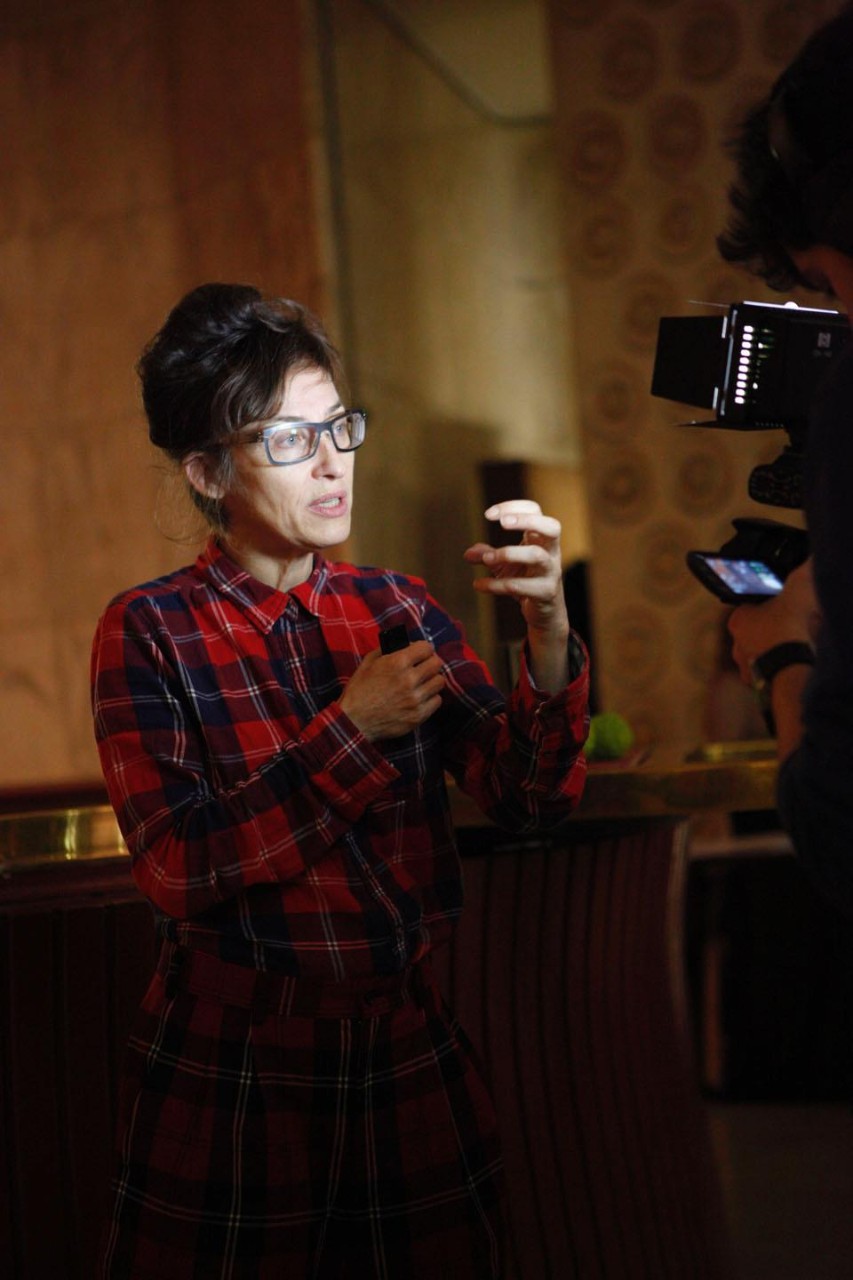
Pipilotti Rist: I was impressed by the location, by this wonderful historic place, by the really nice curator…but I declined the offer as I was too busy. I had just opened my exhibition at the Hayward Gallery in London and was preparing the next one in Melbourne. I really thought I couldn't do it.
I am happy you accepted, as it would have been a pity not to use a place full of references to your work as an old elegant cinema that had been close for five years.
That's true, but there was the additional problem of the strict timing for using the Manzoni: it was available not later than the end of the year, as next year it will change destination. I would have liked to do the exhibition in one or two years! But Massimiliano was resolute enough to convince me to accept, and I am happy with that, as I liked the system of these exhibitions by the Trussardi Foundation really much. We decided to make the exhibition in a hippie style, using even the smallest niches of this fascinating cinema from the Fifties. For me it was emotionally important to engage with this installation because I worked with consumer material, the one that people normally use in private rooms, inside a public space. A curious short circuit between the place and my videos occurred. I began thinking that, in a way, video killed the cinema and I was using TV material that was going back to the cinema. It was a kind of circle. I wondered why cinema in the Sixties hadn't allowed video artists to be part of it. History could have been different if cinemas had been full of video art, of installations. Maybe more people would have gone to cinemas, avoiding the crisis they are living nowadays....But it didn't happen and, instead, video art became part of museums.
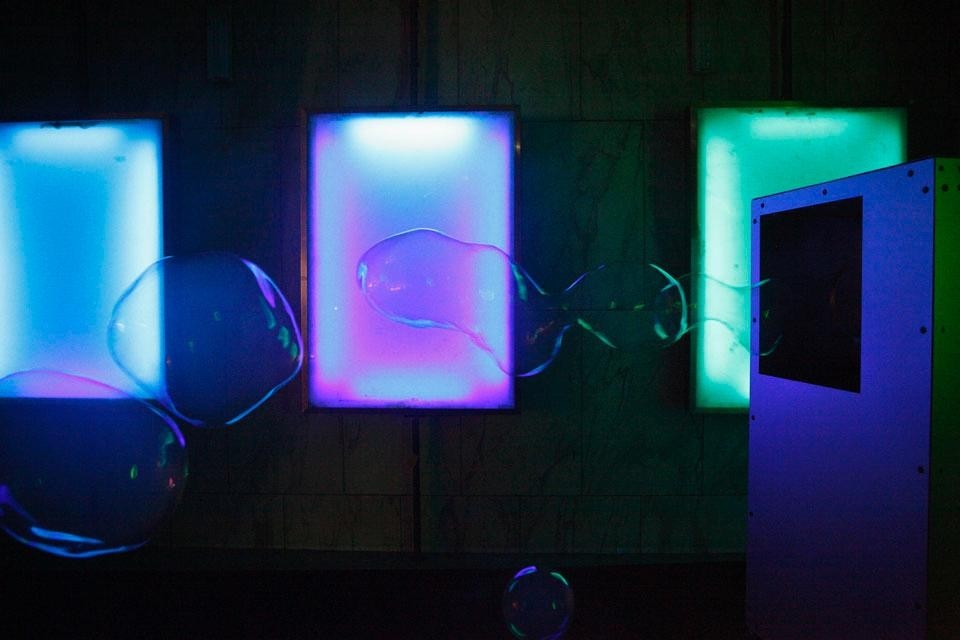
This is a huge cinema, you can immediately perceive the importance it had in the Fifties. It is a big mix of architectural styles: you can find the 20s, the 30s, Classicism…you can even feel there was a break of the war that stopped artistry, in a way. I like the wood that's everywhere. The architects tried to make the entrance hall in a way to make feel people like they were at home. And there is a bar and two ghosts to communicate also when viewers are drinking fluids. Inside, on the ceiling of the gallery, there is a fresco, a reference to the church, which was in a certain sense the cinema of older days. It's a space having references to different rituals.
Did the nature of this space influence your selection of works?
Partly, but in the selection there has been a very strong hold by Massimiliano, who perfectly knew all of my works and made some proposals to which I reacted: I only did a quarter of the selection. In a way, he put the ingredients all together, introduced me in a kitchen and put me to work.
My agenda is different, because I am more interested in ambivalence, in bringing out also the positive sides, the hysterical sides of things...
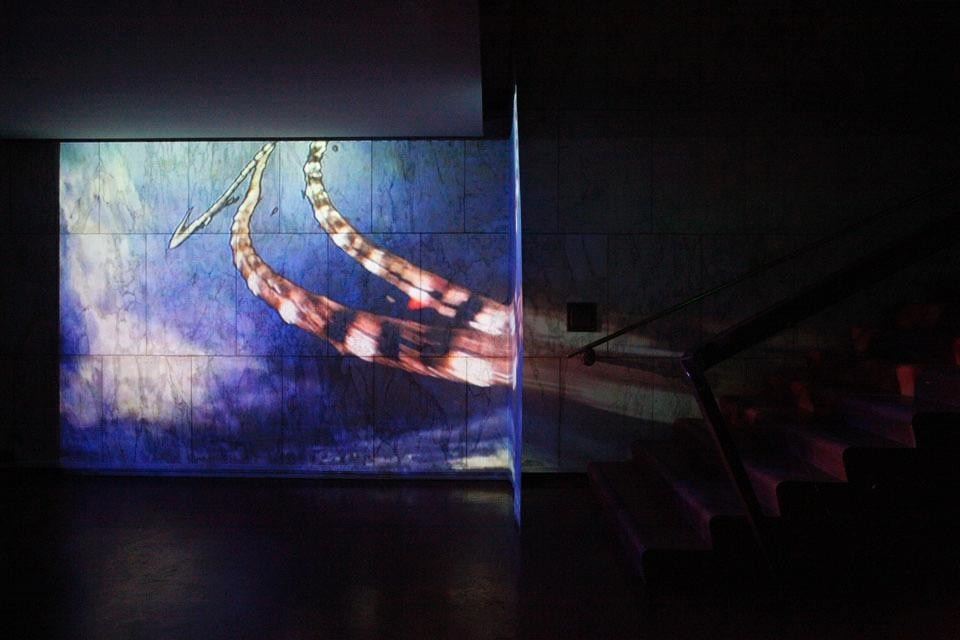
Maybe a bit of all of these elements. I often treat the videos that I make as masks. I try to go away from these squares, because I think that every typology of room and every architecture is made for the human body. If you make your room square it is just because it is cheaper, it is practical, but it is not more beautiful than others. I would like to come away from the square. Everybody can put contents inside a square space but it is full of limits. We often accept limits because they are given, but I think people should overcome them. I would like the viewers of my videos to go home and begin to think they can hang flat screens on the ceilings, I would like that they play with all their own possibilities in daily life. We accept very fast what is given and I want to encourage people not to do that. I feel like I am at their service for rule-breaking.
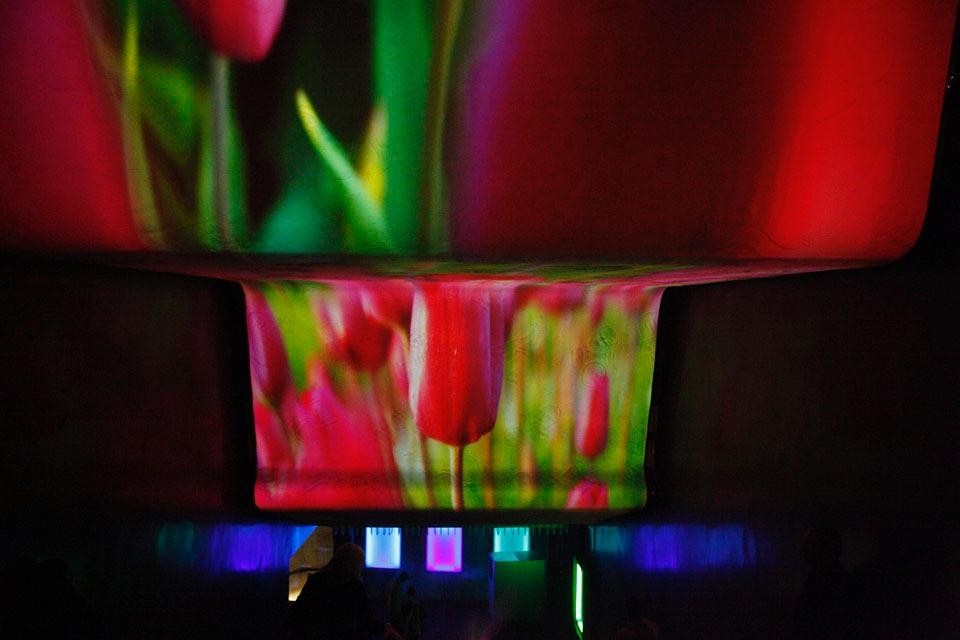
There are a lot of artists who concentrate on the bad points of life and I completely respect their work. But my agenda is different, because I am more interested in ambivalence, in bringing out also the positive sides, the hysterical sides of things, and in not letting the positive sides be open only to the world of advertisement, in contrast to the media, which just shows the negative sides of life. This is not a true mirror of reality. We have to struggle to not let the bad things that happen overwhelm us.
We artists live in a protected space, nobody say we are crazy. We should take advantage of this position to move people, to let them think that beauty doesn't have to be corrupt: people have begun thinking that beauty is a lie and is complex. Artists should struggle to keep these subjects alive and not to be afraid that somebody says that you they are superficial.
I was ready to be punished for that… but it never happened, maybe because I was ready to give them, also critics, an answer. Some people criticize my work for these reasons but I don't mind. As an artist, I want to give hope, to reassure that you must accept yourself as you are, that even being hysterical is ok. If you are out of the norm you are not a child. Women are often accused of being hysterical if they don't behave according certain expectations, if they tell unpleasant truths or assert themselves. Under these circumstances they don't take them seriously and treat them like a child.
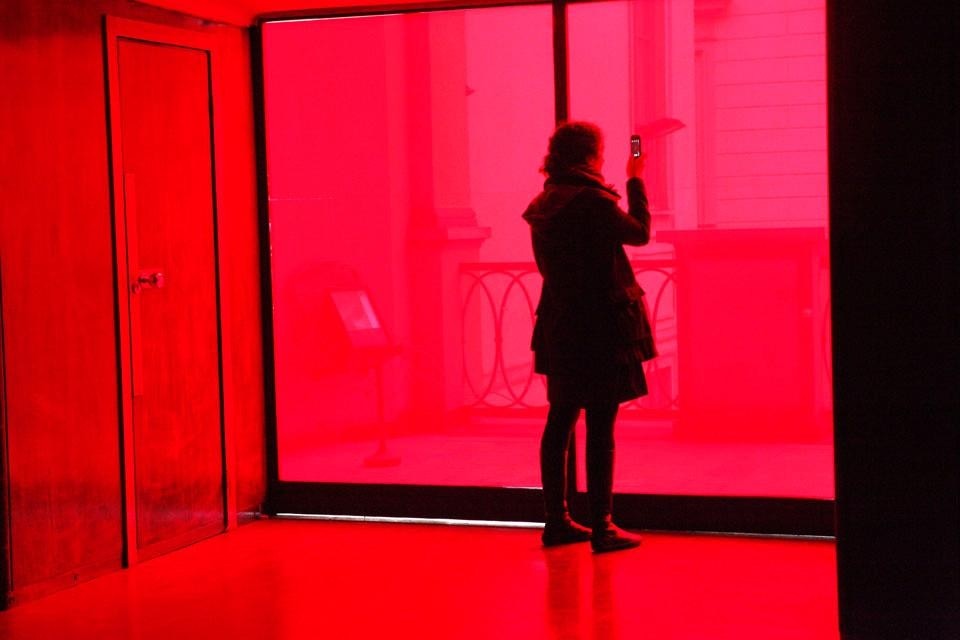
If I use the body it is to speak about the human. For me the female is normal and the male is a species I do not understand [laughs loudly]. I think that we have to be careful that feminism doesn't becomes protection for egoism. If we really want to have the same rights, we have to have the same gods.
A couple of years ago you made an experience as a filmmaker with Pepperminta. What did you get from this experience?
I had to collect money to finance the staff I needed to tell a story. It has been a very hard experience. I realised that there are much too many films in comparison to the people who wants to see them. At the Sundance Festival there were different competitions, one of which was for North American films where just 14 films were chosen among 14,000 submitted. They were finished films! I was really impressed. Spain produces 90 films in a year and only 2 or 3 come to Italy or Switzerland. At the moment it is not related how many experimental films are made and how few people want to see them… but I think the proportions is similar. I think it's the same for architects and designers. Maybe the downloading is a big opportunity to find a public. Maybe a Japanese film will find its place in Alaska!
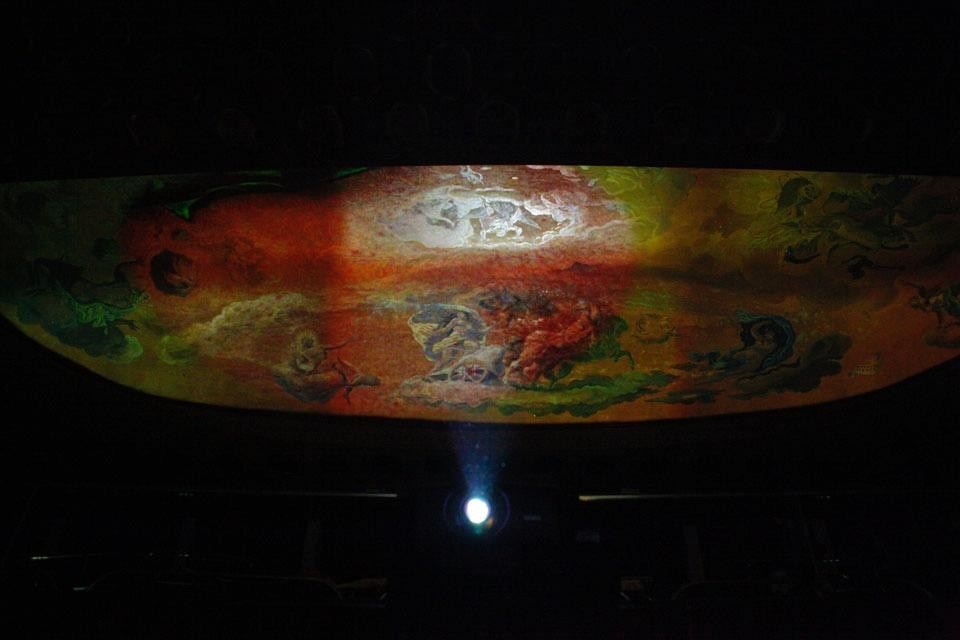
If I would repeat it I would act strongly with the marketing. It's a really hard field. Maybe I prefer to be a simple artist, there is much more freedom.
